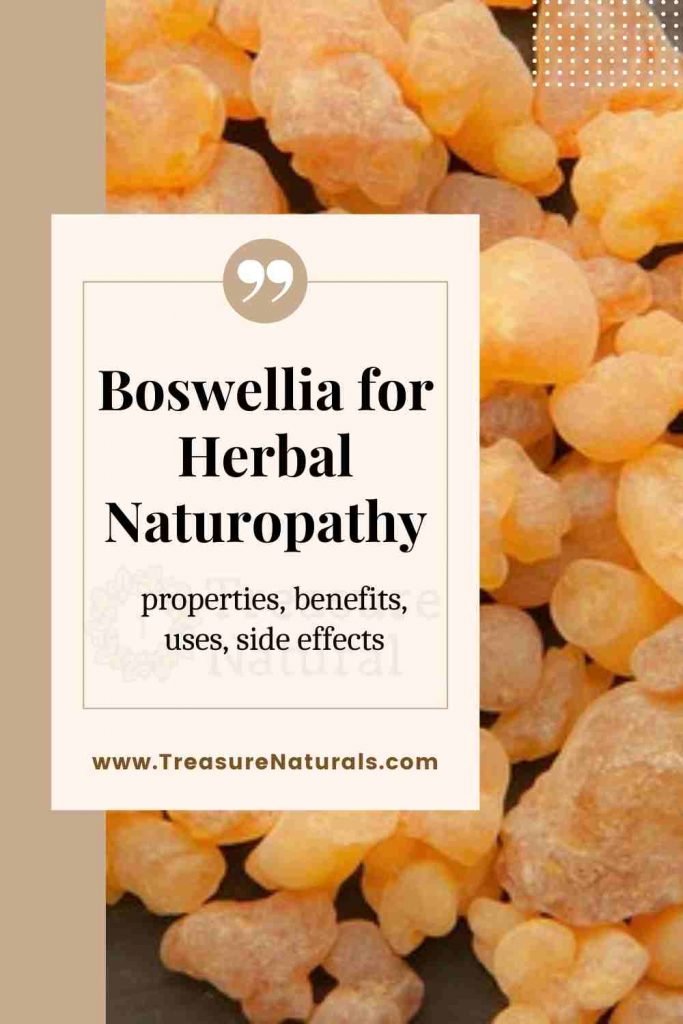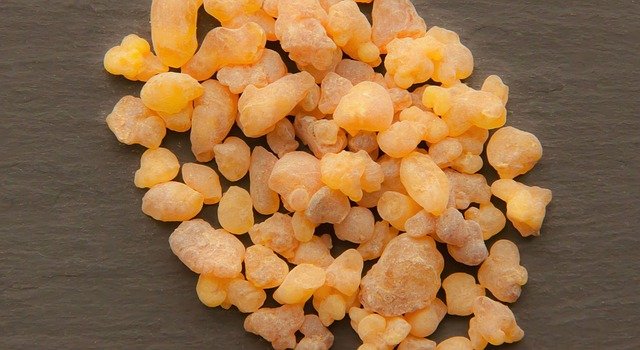
Boswellia is a resin with anti-inflammatory properties. Here’s when and how to use it against pain.The boswellia is a resin extracted from the Boswellia serrata, plant of the family Burseraceae. Known for its natural anti-inflammatory and analgesic properties , it is useful for muscle pain, rheumatism, arthritis and osteoarthritis. Let’s find out better.
Properties of boswellia
A gum resin rich in boswellic acids, essential oil and polysaccharides is extracted from the trunk and twigs of boswellia, capable of carrying out a powerful anti-inflammatory and analgesic action on various pathologies of the osteoarticular system.
The main responsible for the anti-inflammatory action of boswellia are boswellic acids (boswellic acid , AKBA and their derivatives), substances capable of inhibiting an enzyme ( 5-lipoxygenase ) responsible for the production of leukotrienes and cytokines, involved in inflammatory processes.
What is Boswellia for
Boswellia gum-oleoresin is mainly used to reduce inflammatory states affecting the musculoskeletal system and is therefore one of the remedies for muscle and joint pain.
Boswellia is for example indicated in case of athritis, atrosis, rheumatoid arthritis. In these cases, the anti-inflammatory action of boswellia serrata resin helps reduce pain and swelling, and improve joint mobility.
Its use is recommended in the treatment of local inflammations, degenerative joint disorders, reduced morning motor skills, muscle pain, rheumatism, arthrosis, inflammation of soft tissues such as tendonitis , myositis , fibromyalgia.
Boswellia is then used for its bronchodilating properties to reduce asthma symptoms. Boswellia extracts are useful for topical use to relieve dermatitis, psoriasis and skin affections in general.
Finally, the species is also known as an incense plant since the gum resin obtained from it can be burned. Boswellia incense is used to promote relaxation, meditation and prayer. as well as to improve breathing.
How much Boswellia to take per day
According to Ayuvedic medicine, the daily boswellia dosage corresponds to 2-3 g of gum resin.
How to use
Boswellia can be used internally or externally. Internally, it is possible to take the gum-resin as it is or to resort to the dry extract of boswellia titrated in boswellic acids at least 65%, to be taken in tablets or capsules.
Mother tincture is also commercially available to be administered orally at a dosage of 40 drops diluted in water, twice a day between meals.
For external use, boswellia is used in analgesic and anti-inflammatory creams and ointments and in toning and anti-aging cosmetic products.
Externally, boswellia essential oil can also be used , known as frankincense essential oil, with antiseptic and antirheumatic properties and also useful in case of coughs, colds and to rebalance the nervous system.
Boswellia Side Effects
The use of boswellia does not present particular side effects; it can rarely cause allergies and minor gastrointestinal disturbances.
Contraindications
The use of boswellia is contraindicated in pregnancy and caution should be exercised in asthmatics taking leukotriene inhibition therapies.
Description of the plant

Boswellia is a tree that grows up to 4-6 meters in height, developing a wide crown and a large, very branched trunk, with ash-colored bark, which flakes off in thin paper-like flakes.
The large leaves are composed of ecaduches, as the plant rests in the hottest and most arid period , losing its leaves and suspending its vital functions, so it is said that it goes into ” aestivation “.
The small scented cream-white flowers are gathered in cluster inflorescences called racemes ; the fruit is a trigona drupe containing three heart-shaped seeds.
The resin is obtained from the incision of the bark, which in response causes the production of this substance by the tree. In contact with the air, the resin slowly hardens forming pearls, called ” tears “, which retain the yellowish white color and transparency typical of resins. Each plant can produce up to one kilogram of resin per year, and can be exploited for no more than 6-7 consecutive years.
Habitat of boswellia
Native to India and Pakistan, it grows in eastern Africa, along the coasts of the Red Sea, in Somalia, Abyssinia and Ethiopia, in southern Arabia, in particular Oman and Yemen. This species prefers the dry soil of the hills with calcareous soils, but is very resistant to drought and frost and tolerates extreme situations. It also grows on rocky slopes, suspended over ravines, and can be found up to 1200 meters above sea level.
Background
The name Boswellia is a name attributed by the English botanist William Roxburgh (1751-1815), physician and botanist, author of the first Flora Indica, to a genus of plants that includes numerous species, some very famous since ancient times, as they provide the resins aromatic notes with the name of incense.
Frankincense proper is also defined Frankincense, that is frank incense (frank, true), to distinguish it from other balsamic resinous substances, such as myrrh, benzoin, galbanum, styrax. The use of these aromatic resins for healing purposes, for disinfectant fumigations of the environment, or for pagan cults in the Mediterranean and Mesopotamian area was known since ancient times, until they became the symbol of offering in all ceremonial forms of religious worship.
Boswellia has always been used in Ayurvedic medicine in treatments for diabetes, fever and some cardiovascular, dermatological and neurological diseases.






